Solar Car
Overview
Solar Racer introduces students to alternative energy concepts in transportation. This activity will expose students to solar energy and how solar panels convert solar energy to electrical energy while incorporating problem solving, design and modeling. The students will work in group of two to build a solar car. During construction of the solar racer vehicle, students can experiment and comprehend methods of power transfer, gear alignment and calculating gear ratios.
Objectives
Students will be able to do the following:
- work together as a team to build a solar car
- work with a solar panel
- work with a small motor (solar car)
AND
- Students will be exposed to propulsion types and drive concepts
- Students will have knowledge of alternative energies in transportation
Background
The federal government has encouraged alternative forms of transportation due to a limited supply of oil and increasing environmental pollution. Solar cars are just one of many transportation concepts emerging. Solar cars use solar cell panels instead of gasoline as the fuel. As a result, exhaust fumes and oil consumption are eliminated.
The solar cell panel generates an electrical charge that is stored in a battery and used to provide energy as the vehicle is driven. The lighter the vehicle, the less energy used and the farther the vehicle will travel. In cloudy days, or at night, energy can be drawn from reserve batteries. In the future, charge stations will be located on the road sides for quick battery charging.
Competition Categories
Competition between students can be based on design, drawings, final appearance, distance-traveled, and speed.
MOUSETRAP
Students will work with tools to process materials and assemble product; utilize the design engineering process; make design decisions; and explore scientific laws and concepts regarding energy, force, mechanical advantage and simple machines.

MAGNETIC LEVITATION
Students will work with tools to process materials and assemble product; incorporate engineering design techniques to solve a problem; understand Newton’s Laws of Motion; and apply principles of magnetism to create a levitating vehicle. The student will plan, test and modify a magnetically levitated vehicle that will use solar or battery power for propulsion; and will traverse the track in the shortest amount of time.
AVIATION: RUBBER BAND POWERED BALSA FLYER
The objective of this activity is to understand the engineering principle that makes airplanes to fly. Students will design and make model glider, test, make changes, test again, make more changes, and so on until they have a successful design. Using this process, students work out the "bugs" and end up with a well-designed aircraft.
First Session: Build Rubberband Powered Balsa Flyer
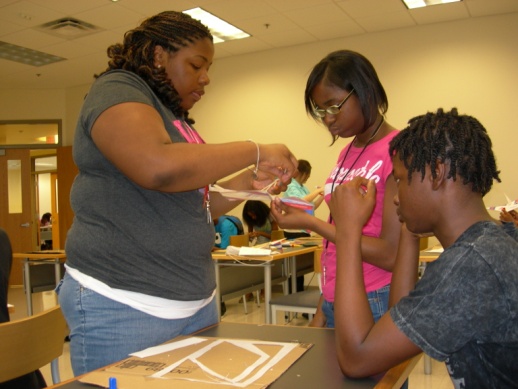
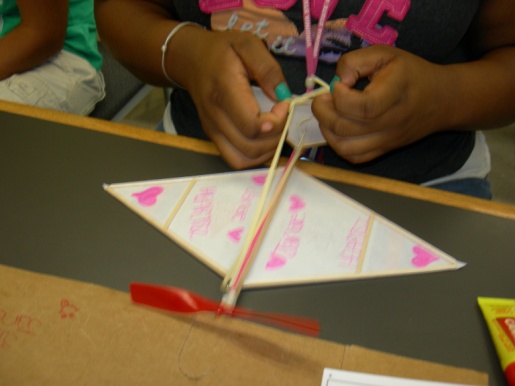
Second Session: Finish Rubber Band Powered Balsa Flyer
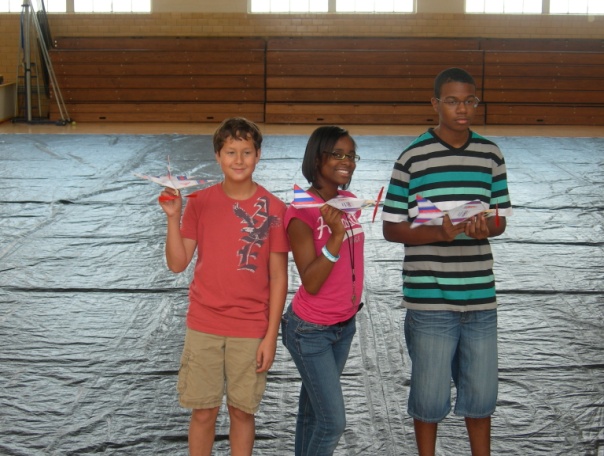 BRIDGE CONSTRUCTION
BRIDGE CONSTRUCTION
This activity has the following objectives:
- To design and build a bridge from popsicle sticks and wood glue according to the given requirements
- To understand the importance safety in engineering practice
- To understand the importance of team-working
- To understand and calculate “efficiency” for ranking the bridges
Participants are evaluated in the following categories:
- Teamwork
- Application of technical principles
- Knowledge of design
- Oral communication skills
STRUCTURAL ANALYSIS
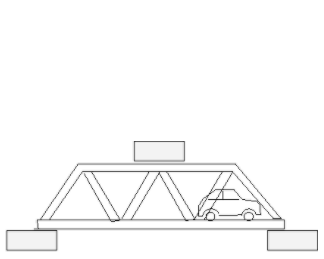
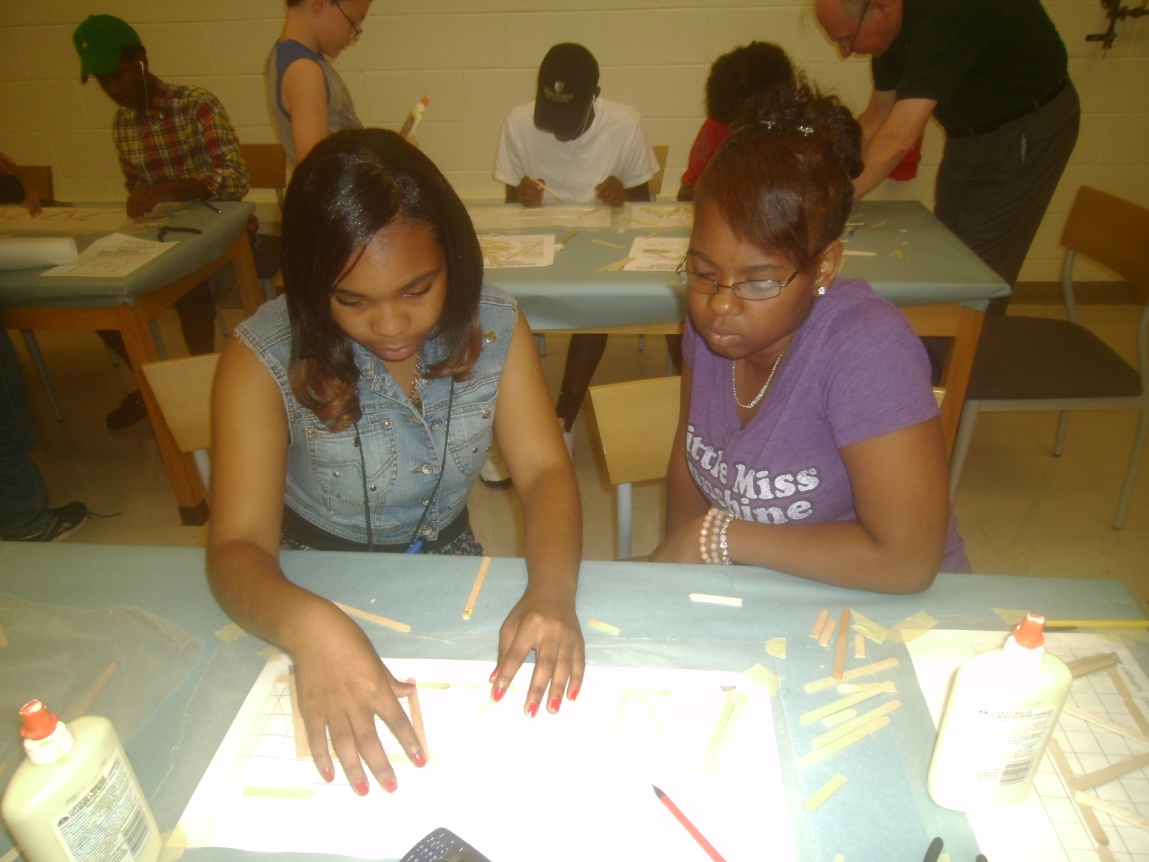
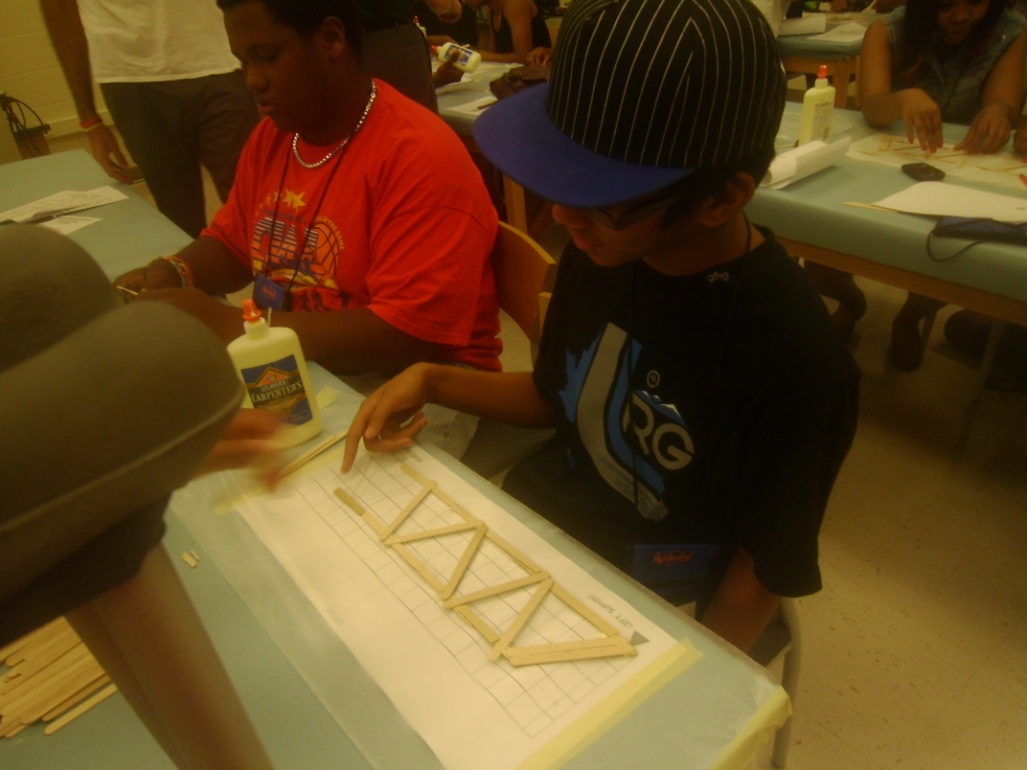
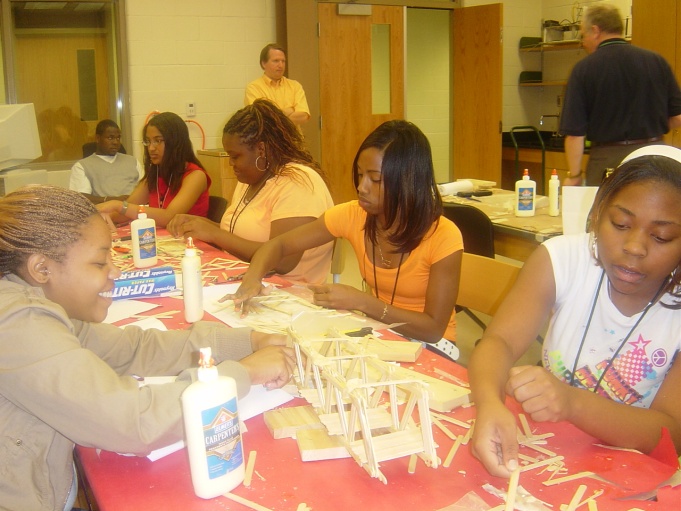
ENVIRONMENTAL ISSUES
The following will be discussed in this activity: 1)The economic, social and environmental impact of transportation; 2) Stress produced by construction, maintenance and use of roads; 3) Worldwide effects of transportation; 4) Transportation impact on health; 5) Virginia Air Quality 6) Environmental review of transportation projects; 7) Water Drainage; 8) Emission Control System; 9) Carbon Monoxide and its impact on health; 10) Acid Rain; 11) Pollutants; 12) Smog; 13) Ozone; and public health/safety.